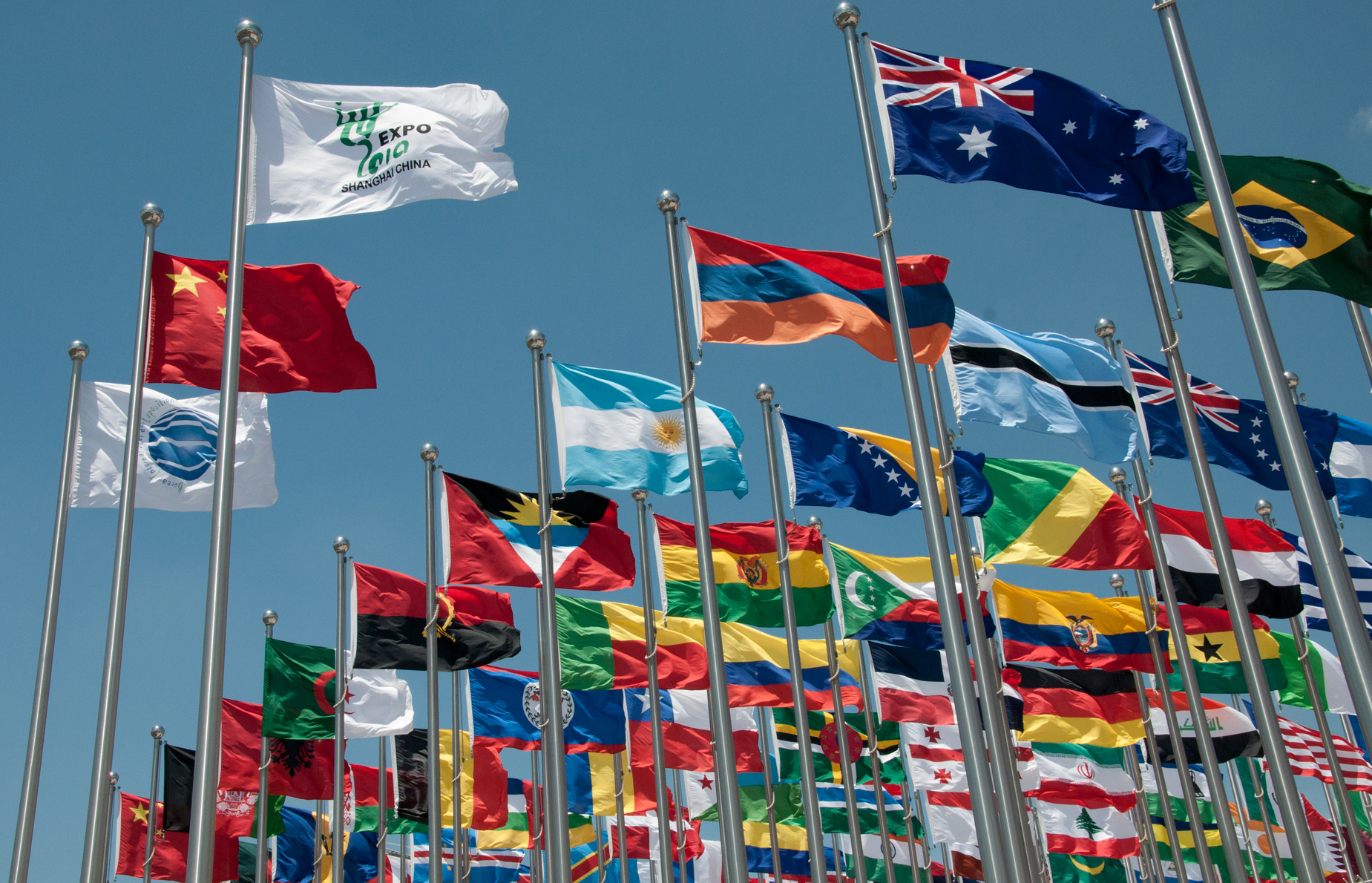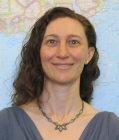What is IDEALS?
The Illinois Digital Environment for Access to Learning and Scholarship, known as IDEALS, is a service at the University of Illinois at Urbana Champaign that preserves and provides access to a wide body of faculty, staff and student publications and research. The mission of IDEALS is to provide access and preservation of the works of U of I members, and to give those works the “maximum possible recognition.” IDEALS was created in 2004 to address the problem of how to archive and preserve the work of the university’s members in light of the massive shift toward digital publishing that was taking place.
Benefits of Institutional Repositories
When scholarship is deposited into IDEALS, the descriptive information (metadata) that is provided by the depositor is not only used in the IDEALS repository for searching and retrieval but is made available to outside services, such as Google Scholar. By making U of I scholarship openly accessible to outside users, IDEALS hopes to increase the impact of the scholarly work taking place at Illinois, which not only furthers the university mission of the dissemination of knowledge but brings professional benefits to the individuals who produce the work.
Another benefit that IDEALS provides is the commitment to preserve the scholarly works that are part of its collections. The process of digital preservation is extremely important in the swiftly changing technological world that today’s scholarship exists within. In order to maintain the viability of the digital files that make up the repository, IDEALS adheres to a complicated digital preservation policy, which must remain compliant to accepted standards for digital preservation, the most important of which is the Open Archival Information System (OAIS) Reference Model. Because of IDEALS’ strict observance of the international standards for digital preservation, the creators that submit their work to the IDEALS repository can be confident that their work will be available and accessible for many years to come.
Copyright Issues
There are two main types of open access publishing for research articles. “Green” OA refers to publishing in open access repositories; “gold” OA refers to publishing in open access journals. The main difference between these two types of open access publishing is that “gold” OA is a more structured process involving peer review and the traditional editing process found in journal publishing. Some OA journals require the author to pay a fee in order to publish, and others use subsidies from their host institution. “Green” OA, on the other hand, does not involve a peer review process, and might contain peer reviewed and non-peer reviewed work.
Since IDEALS is an open access repository (an example of “green” OA), it allows individual creators to retain the copyright of their deposited works. But what if the article being deposited has already been published in a copyright-protected journal? When scholars publish in most journals, they must sign over their copyright to do so. This is a complicated issue, and can definitely be an obstacle for making work available in an institutional repository. Many journals allow authors to publish their “pre-print” work to an IR, which is essentially the author’s first draft of a work before it has been peer-reviewed and edited. Some journals, however, support “green” OA and will allow authors to deposit their work into and OA repository.
IDEALS describes its purpose as “a complement to traditional scholarly publishing.” In other words, it does not aim to inhibit the process of traditional journal publishing, but rather wishes to provide a secondary option to authors that allows them to make their work openly available. For instance, IDEALS informs authors that they may have the option in their contract when publishing in a journal to retain rights for the depositing of the work into an institutional repository. Just by educating authors about their options, IDEALS is helping to make sure that Illinois scholarship is made available and disseminated as widely as possible.
Now you know what IDEALS is – go check it out!
You can use IDEALS to find scholarship about topics you might be interested in, or maybe you have some of your own work you’d like to deposit. You can find out how at Getting Started with IDEALS. Either way, all members of the University of Illinois community should take advantage of the opportunity to take part in the community of scholarship available through IDEALS.
Further information about Open Access and Institutional Repositories
International Open Access Repositories and Directories
Scientific Electronic Library Online (SCIELO) – a directory of open access scientific repositories focusing on developing countries and regions.
OpenDOAR – Listings of open access repositories around the world.
Open Access Overview – Peter Suber (Includes great explanation for “green” vs. “gold” OA)
PLOS – The Case for Open Access
SPARC (The Scholarly Publishing and Academic Resources Coalition) – Open Access
Sherpa/RoMEO – a database of copyright information for journals.
Scholarly Articles (Accessed through UIUC E-Journals)
Casey, A. M. (2012). Does Tenure Matter? Factors Influencing Faculty Contributions to Institutional Repositories. Journal Of Librarianship & Scholarly Communication, 1(1), 1-11.
Cullen, Rowena, Chawner, Brnda. (2011). Institutional Repositories, Open Access, and Scholarly Communication: A Study of Conflicting Paradigms. The Journal of Academic Librarianship. 37(6), 460-470.
Kennison, R., Shreeves, S. L., & Harnad, S. (2013). Point & Counterpoint: The Purpose of Institutional Repositories: Green OA or Beyond? Journal Of Librarianship & Scholarly Communication(4), 1-7.
Books at UIUC Libraries
Crawford, Walt. (2011). Open access: what you need to know now. Chicago : American Library Association.
Jones, Catherine. (2007). Institutional repositories: content and culture in an open access environment. Oxford : handos.
Nabe, Jonathan A.. (2010). Starting, strengthening, and managing institutional repositories :a how-to-do-it-manual. New York : Neal-Schuman Publishers.
Suber, Peter. (2012) Open access. Cambridge, Mass. : MIT Press.






